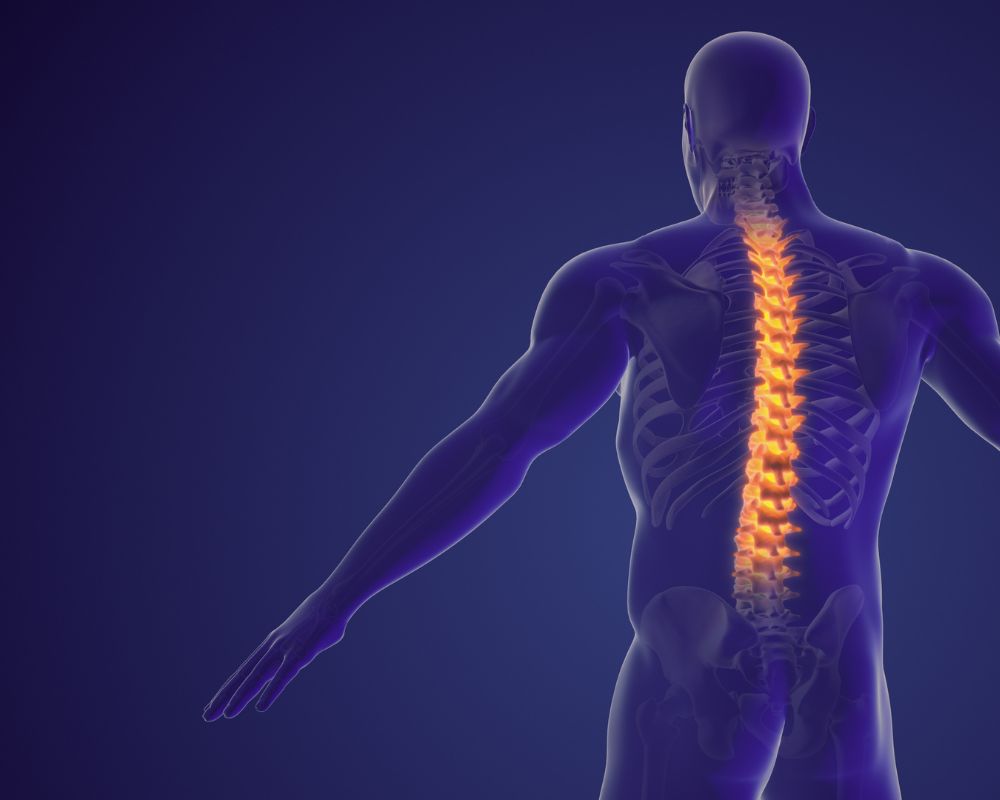
27 Feb Is AI Ready to Play a Role in Diagnosing and Treating Back Pain?
There has been a lot of media chatter about artificial intelligence (AI) over the last year or so. Every time you turn around, it seems like someone is using AI to do something new and innovative. It turns out that we are using AI in medicine as well. One of the applications near and dear to us in pain medicine is using AI to diagnose and treat back pain.
We see an awful lot of patients dealing with moderate to severe back pain. Some patients are almost fully debilitated. We do our best to help each one overcome it and take their life back. The question is whether AI has a role to play. Yes and no.
We are just beginning to learn how AI can help us do what we do better. However, AI is not yet ready for primetime as a default diagnostic tool. We expect it will be in the coming years. For now, those of us in pain management are keeping an eye on what researchers are doing with AI.
AI Imaging in San Francisco
The University of California, San Francisco is one of the leading research institutions when it comes to AI and medical imaging. UCSF researchers have been working on producing AI-enhanced MRIs capable of spotting things that even the most experienced clinicians miss. And in doing so, they are helping clinicians be better diagnosticians.
UCSF medical imaging software is capable of detecting and quantifying spinal degradation. It is capable of collecting and analyzing data to identify links between symptoms. It can even produce images faster, reducing test time for patients.
Researchers are fine-tuning their technology for a variety of applications. A favorite is diagnosing and treating lower back pain. Here at Lone Star Pain Medicine, we fully understand that lower back pain is one of the hardest medical conditions to treat. It is even harder to diagnose. If UCSF software can leverage AI to help clinicians do a better job, we are all for it.
Why AI Is So Important
When most of us think of AI, we think about generative forms of the technology. We think about chatbots that can help us with research, tools that can generate images, and so on. But AI is proving itself invaluable to medical science. It is so important to what we do because of the very nature of diagnostic imaging.
An MRI can produce a ton of information in the form of multiple images of a patient’s back. That is all well and good, but imaging experts and clinicians can interpret the information in different ways. The images themselves do not always prove the source of a patient’s lower back pain conclusively. MRIs are also limited in terms of telling us how badly a disc has degraded or how narrow a spinal canal has become.
AI-enhanced MRI imaging is different. AI software can harvest data from images and compare it against tons of historical data from similar tests. Then the software can artificially reach conclusions with fairly decent accuracy. The software can help us understand things we cannot readily see on MRI images.
We are excited about the role AI could play in improving future lower back pain diagnoses and treatments. It is just one tool medical science is beginning to utilize to ensure better patient outcomes. While we wait for it to be perfected, Lone Star Pain Medicine doctors will continue doing the best we can to help our patients find relief. We want you to take your life back from lower back pain.


Sorry, the comment form is closed at this time.